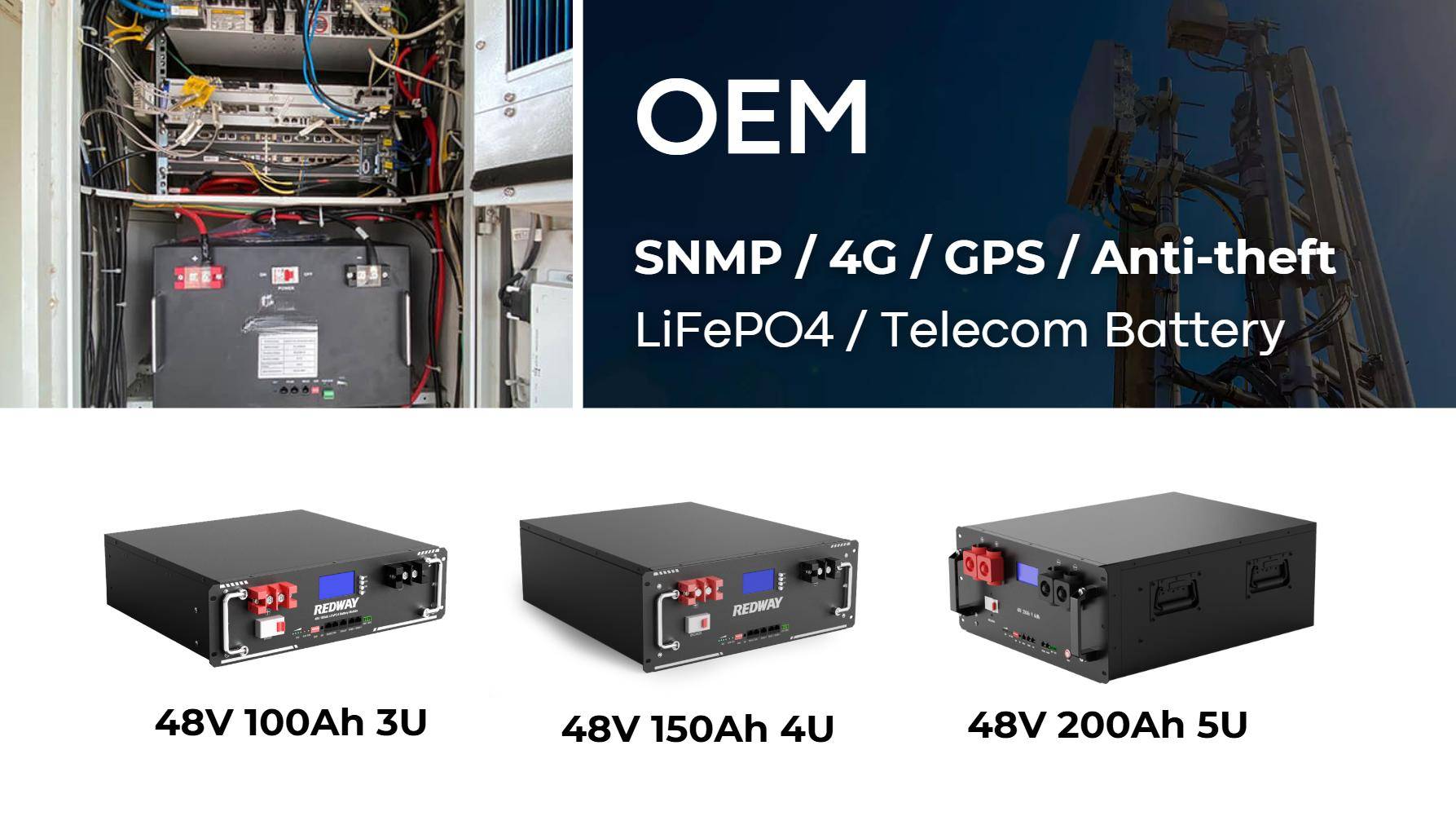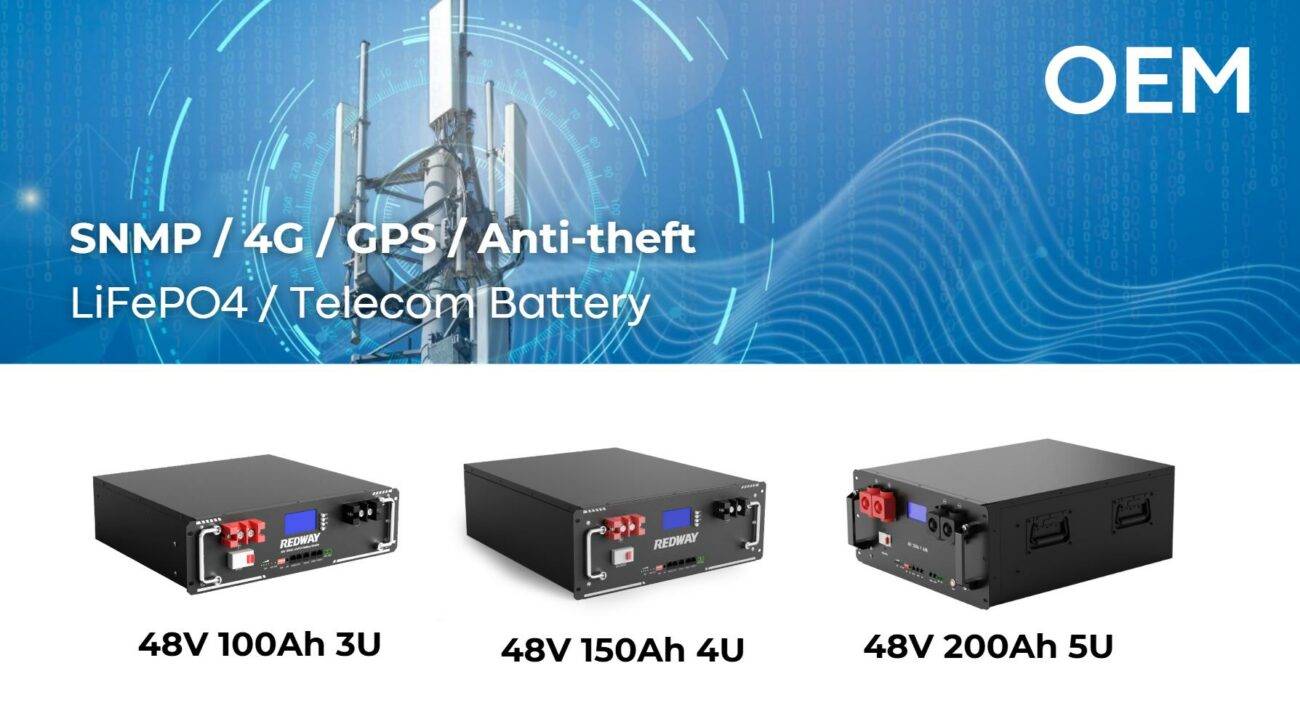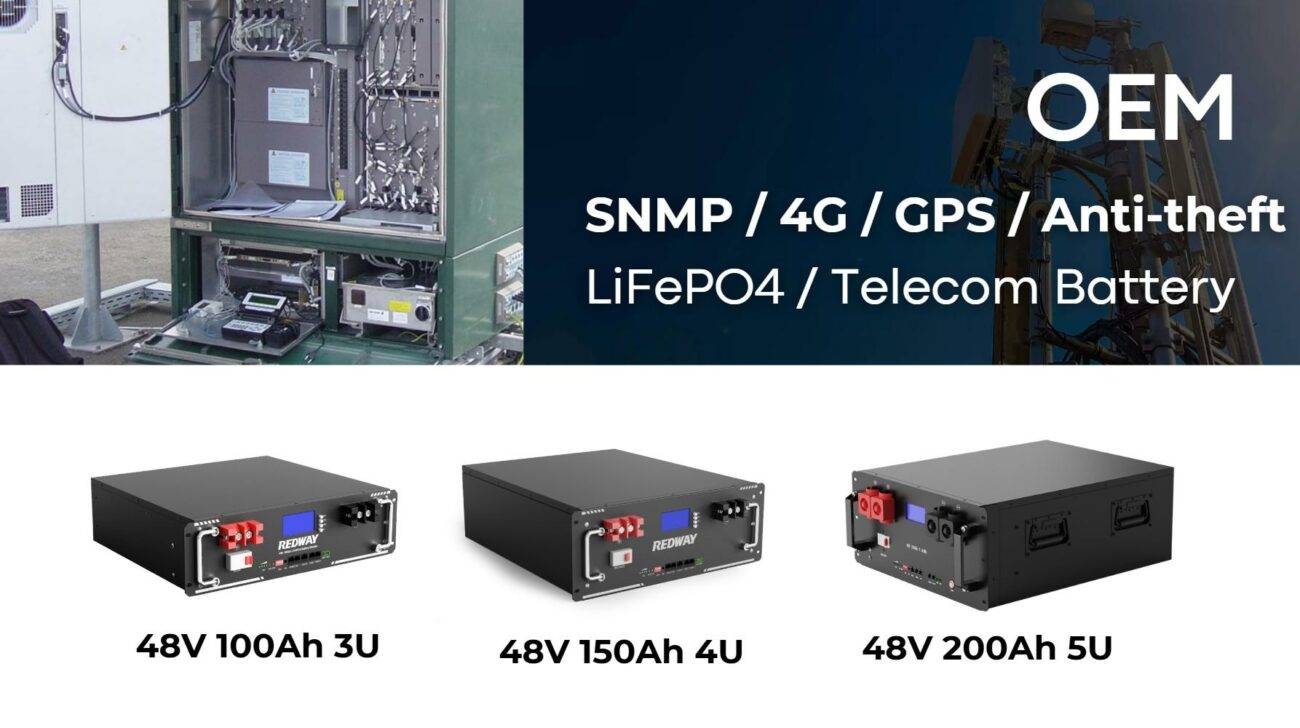
Blog
What Are the Key Components of Telecom Battery Systems?

Li-ion batteries operate between -20°C to 60°C but lose 15–20% capacity below freezing. BMS with active thermal management (heating/cooling loops) mitigates this. In contrast, Ni-Cd batteries retain 90% capacity at -40°C, making them ideal for Arctic deployments. Huawei’s “SmartLi” systems use AI to adjust charging rates based on real-time weather data.
Modern thermal management systems combine passive and active methods to optimize performance. For instance, phase-change materials (PCMs) embedded in battery racks absorb excess heat during peak loads, while resistive heating elements prevent electrolyte freezing in subzero conditions. In Saudi Arabia’s desert towers, operators use liquid-cooled cabinets to maintain optimal 25°C internal temperatures despite external 50°C heat. Arctic deployments often employ double-walled enclosures with aerogel insulation, reducing heating energy consumption by 40% compared to traditional methods.
| Battery Type | Min Temp | Max Temp | Capacity Retention |
|---|---|---|---|
| Li-ion | -20°C | 60°C | 85% @ -20°C |
| Ni-Cd | -40°C | 50°C | 90% @ -40°C |
What Sustainability Strategies Apply to Telecom Battery Waste?
Closed-loop recycling recovers 95% of lithium, cobalt, and nickel for reuse. Deutsche Telekom’s partnership with Redwood Materials achieves 98% battery material recovery. Second-life applications repurpose retired telecom batteries for solar farms, extending usability by 7–10 years. Carbon footprint disclosures under ISO 14064 are now mandatory for vendors like Eaton and Schneider Electric.
The industry is adopting battery passport systems that track lifecycle data through blockchain technology. Each battery receives a digital twin recording its manufacturing origin, usage history, and remaining capacity. When decommissioned, automated sorting robots disassemble packs at 30 units/hour, separating metals with 99.9% purity. Vodafone’s UK network now uses 40% recycled lithium in new deployments, reducing mining dependence. Emerging bioleaching techniques employ bacteria to extract metals from spent batteries, cutting energy use in recycling processes by 60% compared to pyrometallurgy.
| Material | Recycling Rate | Reuse Application |
|---|---|---|
| Lithium | 95% | New batteries |
| Cobalt | 92% | Aerospace alloys |
“Telecom battery systems are evolving from passive backups to active grid assets,” says Dr. Elena Torres, a BMS architect at ABB. “With 5G’s energy demands, operators need hybrid systems that interact with smart grids. The future lies in bidirectional BMS that monetize stored energy during peak demand—this could cut OPEX by 25% while supporting decarbonization goals.”
FAQ
- How long do telecom lithium-ion batteries last?
- Typically 10–15 years, depending on cycle depth and BMS efficiency. Regular maintenance can extend life by 20%.
- Can old telecom batteries be recycled?
- Yes—95% of materials in Li-ion batteries are recoverable through certified recyclers like Redwood Materials.
- What’s the cost difference between Li-ion and VRLA systems?
- Li-ion upfront costs are 2–3x higher, but 50% lower lifetime costs due to reduced maintenance and longer lifespan.
Know more:
What Are OEM Telecom Lithium Battery Solutions and How Do They Benefit Your Network?
What Are the Key Components of Telecom Battery Systems?
What Makes Telecom Lithium Battery Packs Compatible and High-Performing?
How Can Smart Charging Optimize Telecom Lithium Battery Efficiency?
How Can Retrofitting Telecom Systems with Lithium Batteries Save Costs?
How to Install and Maintain Telecom Lithium Battery Systems Effectively?














